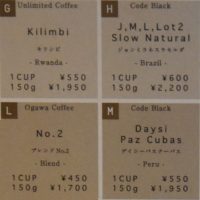 Koffee Mameya, which literally translates as Coffee Beans, is something of a name in speciality coffee circles. The successor to the famed Omotesando Koffee, a legendary pop-up coffee shop that once stood on the same physical site, going to Koffee Mameya is somewhat akin to going on a pilgrimage for the speciality coffee lover.
Koffee Mameya, which literally translates as Coffee Beans, is something of a name in speciality coffee circles. The successor to the famed Omotesando Koffee, a legendary pop-up coffee shop that once stood on the same physical site, going to Koffee Mameya is somewhat akin to going on a pilgrimage for the speciality coffee lover.
Technically Koffee Mameya isn’t a coffee shop; it’s a retailer with a tasting bar where you can try the beans before you buy. It’s also tiny, an almost cube-shaped, wood-clad, windowless box with no seats, just a counter at the back and, more often than not, a queue out of the door.
Koffee Mameya works with seven roasters, four from Japan and one each from Denmark, Hong Kong and Melbourne. There are up to 25 different beans available at any one time (there were 18 choices on offer when I visited) arranged by roast profile from light to dark. Since Koffee Mameya is all about the taste, there’s no milk here (and definitely no sugar), with the coffee available to try as either pour-over through the Kalita Wave or espresso, using a customised Synesso Hydra built into the counter-top. There are also cold-brew samples on hand.
You can read more of my thoughts after the gallery.
I came across Koffee Mameya on my first Tokyo trip in April 2017. In the Omotesando district, and not far from my office, I popped by during my coffee break, only to discover a large queue outside. Koffee Mameya, I quickly learnt, isn’t somewhere you pop into on your coffee break. Rather, it’s akin to a pilgrimage, something not to be taken lightly, although I must confess that in 2017, I didn’t really know its history. Back then, it was just a weird, tiny coffee shop with an inexplicably large queue.
Fast-forward 12 months and there was a sudden buzz on social media: the famed Tokyo coffee shop, Omotesando Koffee, was opening in Fitzrovia towards the end of the year! How exciting! Except that while the name sounded familiar, I didn’t remember any Omotesando Koffee in Tokyo.
However, a little digging soon removed my ignorance. In its day, Omotesando Koffee was the place for coffee in Tokyo. Originally a pop-up, this small coffee shop had built a worldwide following, but in December 2015, it closed, the result of its building being demolished. However, in January 2017 it was reborn when owner, Eiichi Kunitomo, opened Koffee Mameya in the ground floor of the replacement building.
Koffee Mameya’s somewhere you don’t stumble on by accident. The building, a small, three-storey house, looks like a set of white cubes balanced on top of each other, and, since Koffee Mameya’s reputation speaks for itself, there’s no signage. On my first visit, I had to follow Google Maps, its precise location being revealed by the queue of people, some with coffee cups in hand, which went halfway across the quiet, residential street.
There’s a (very) low entrance housed in a small, slightly incongruous, black cube on the left. A simple path leads to an even lower sliding glass door at the back (I had to duck). Koffee Mameya, occupying the back of the building, is to your left, with a storeroom to the right.
The counter, at the back, runs the full width of the store. At the left-hand end is the EK-43 grinder, the two group heads of the built-in Synesso espresso machine and the Uber boiler, while at the right-hand end, a 5×5 display case, built into the counter-top, holds samples of each bean. Finally, behind the counter, row-upon-row of small wooden niches in the back wall hold bags of coffee.
If it’s busy, wait your turn, then approach a lab-coated barista behind the counter. Don’t rush yourself: this is more of a consultation than anything you’ve experienced in a coffee shop. Toka, my barista, explained what Koffee Mameya was all about, talked about the coffee and introduced the current roasters, La Cabra (Denmark), The Cupping Room (Hong Kong), Code Black (Melbourne) and four Japanese roasters: Unlimited and Bontain (Tokyo), Ogawa (Kyoto) and Tokado (Fukuoka).
On my first trip to Japan I discovered that the average, non-speciality roast is very dark, which carries over to the speciality scene, where it’s joined by the lighter roasting styles of third-wave coffee. The result is that Japanese speciality coffee shops probably have the widest range of roast profiles that I’ve seen.
This is reflected in Koffee Mameya, where roasts span very light to dark in five gradations, with up to five different beans (usually single-origins) per gradation. Unsurprisingly, the lighter roasts are dominated by overseas roasters, while the dark roasts are exclusively Japanese. The coffee’s sold in 150g bags, plus you can buy coffee by the cup to drink at the counter, or, if you prefer, to takeaway. Either way, filter coffee comes in takeaway cups, so don’t forget to bring your own.
I started my consultation with a free sample of cold brew, a gift from Toka, made using the Haile Selassie, a single-origin Ethiopian roasted by Tokado, one of the darker roasts on offer. This was served in an espresso cup with an ice cube. Although nice, it still had that cold brew taste which I don’t like.
Although I was drawn to the lighter roasts, you don’t come to somewhere like Koffee Mameya to play it safe, so I explored the darker roasts with Toka. Although not normally to my taste, I doubted that I’d have a better chance to find a darker roast that I liked. Toka recommended a washed Kenyan, also from Tokado, described as the darkest roast on offer, so I tried that as a pour-over in my Eco To Go Cup.
Although I liked it, I could definitely taste the roast, which, while not dominating, was a significant contribution to the flavour and, for me, detracted from my enjoyment of the coffee. I take this as a sign of how far my palate/taste has evolved in six years and is in no way a knock on Koffee Mameya: I will definitely be back to buy some beans and maybe to try some more coffee before I fly home.
December 2018: Koffee Mameya has won the 2018 Best Roaster/Retailer Award.
| 4-15-3 JINGUMAE • SHIBUYA-KU • TOKYO • 150-0001 • JAPAN | ||||
| www.koffee-mameya.com | ||||
| Monday | 10:00 – 18:00 | Roaster | Guests (espresso + filter) | |
| Tuesday | 10:00 – 18:00 | Seating | No | |
| Wednesday | 10:00 – 18:00 | Food | No | |
| Thursday | 10:00 – 18:00 | Service | Counter | |
| Friday | 10:00 – 18:00 | Cards | Amex, Mastercard, Visa | |
| Saturday | 10:00 – 18:00 | Wifi | No | |
| Sunday | 10:00 – 18:00 | Power | No | |
| Chain | No | Visits | 16th July 2018 | |
You can see what the Commodities Connoisseur made of Koffee Mameya’s predecessor, Omotesando Koffee, in Part 4 of his excellent Tokyo coffee series. You can also see what I made of Omotesando Koffee in London.
If you liked this Coffee Spot, then check out the rest of Tokyo’s speciality coffee scene with the Coffee Spot Guide to Tokyo.
If you liked this post, please let me know by clicking the “Like” button. If you have a WordPress account and you don’t mind everyone knowing that you liked this post, you can use the “Like this” button right at the bottom instead. [bawlu_buttons]
Don’t forget that you can share this post with your friends using the buttons below.

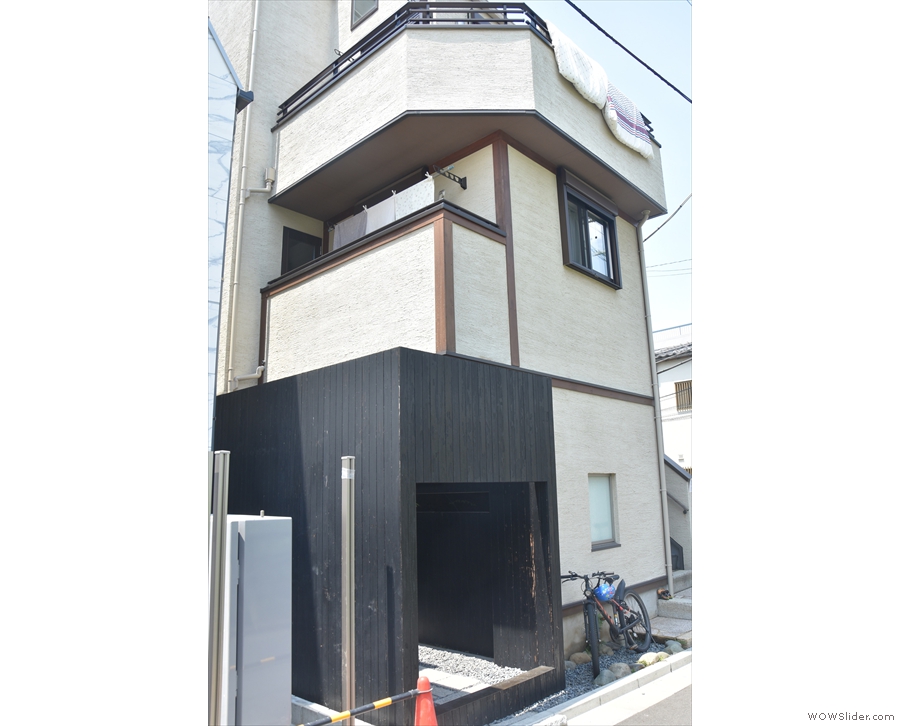
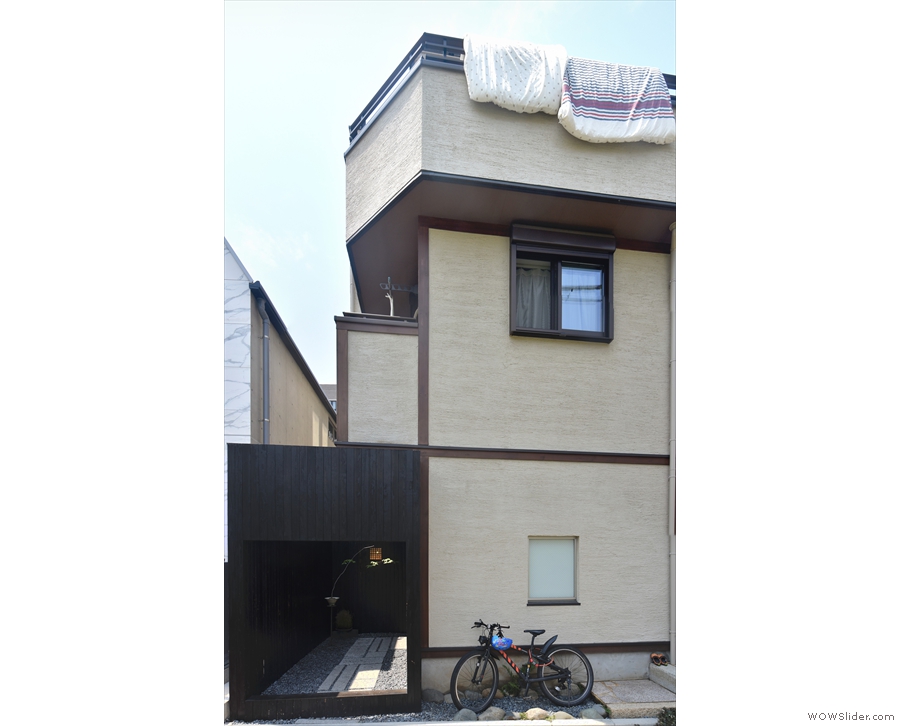
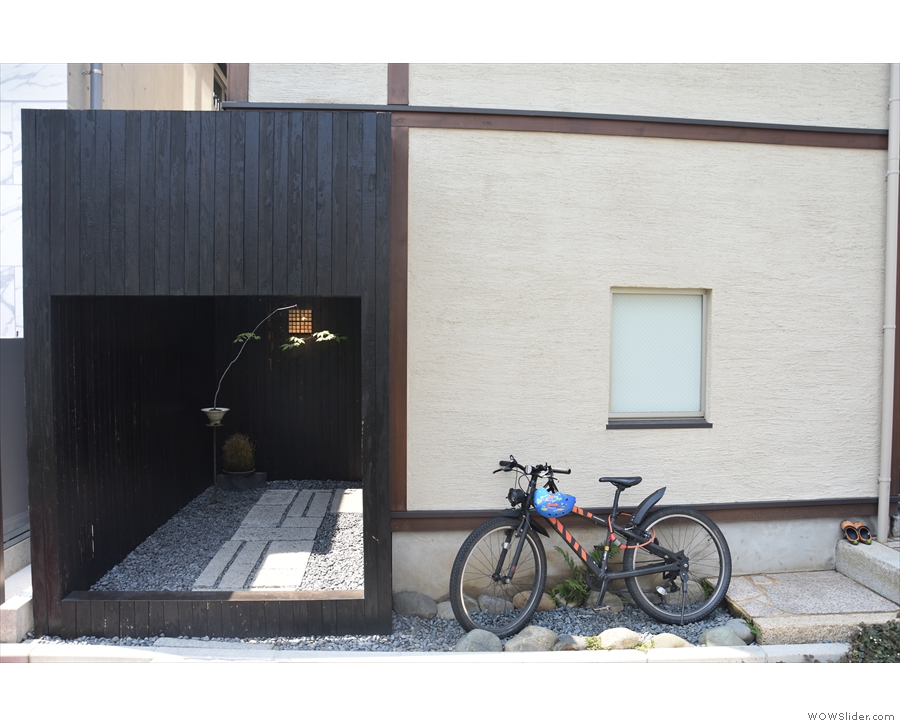
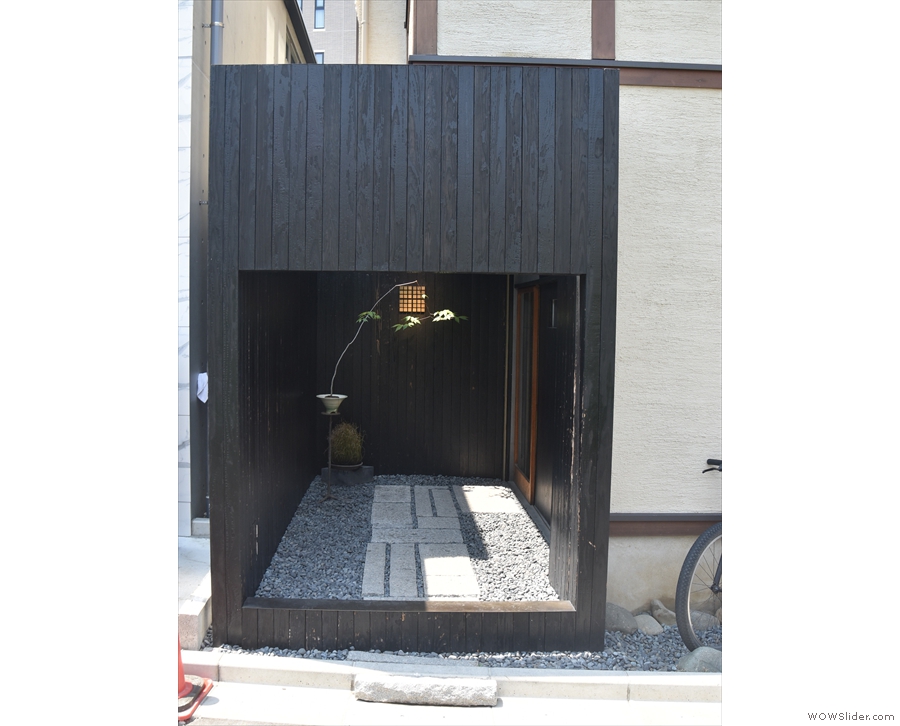
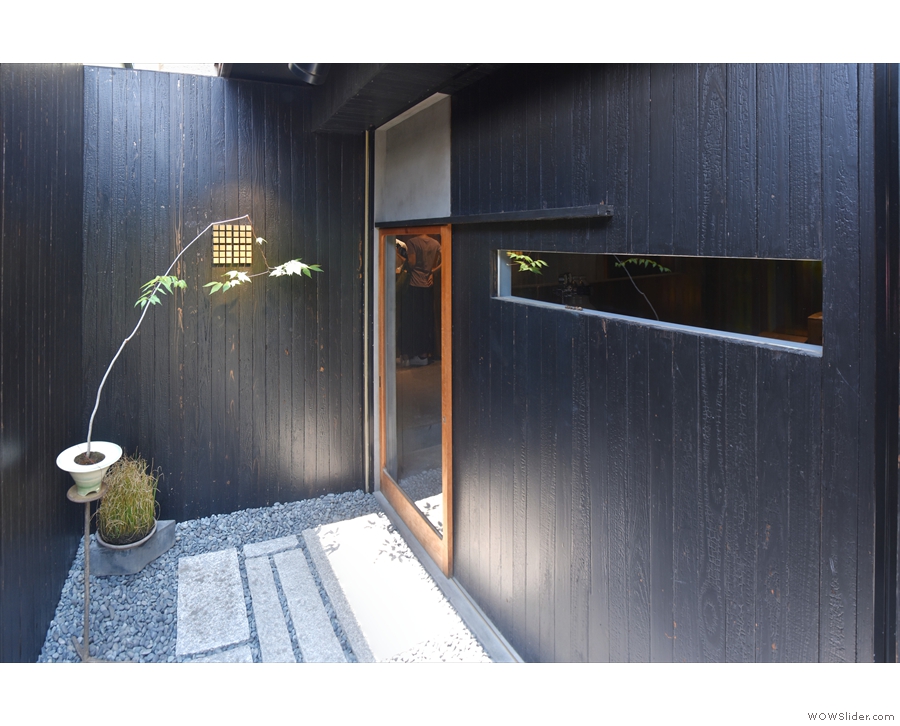
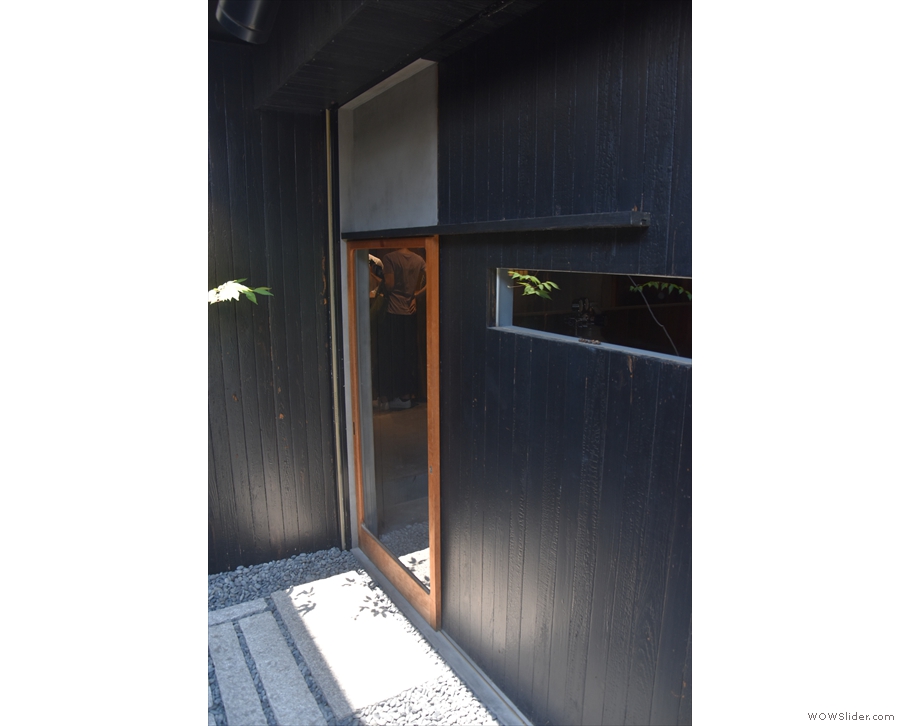
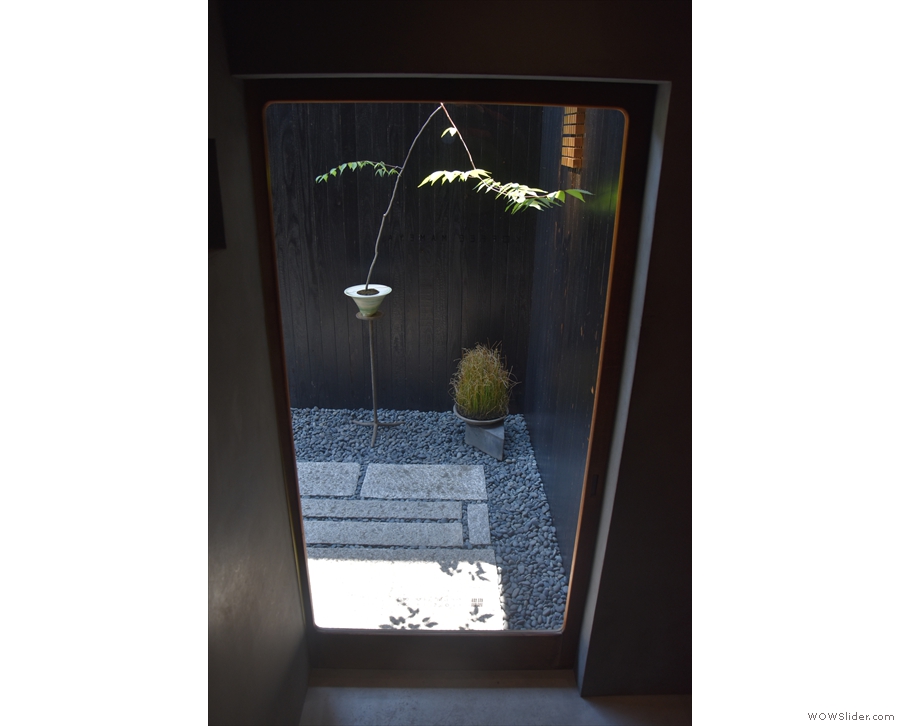
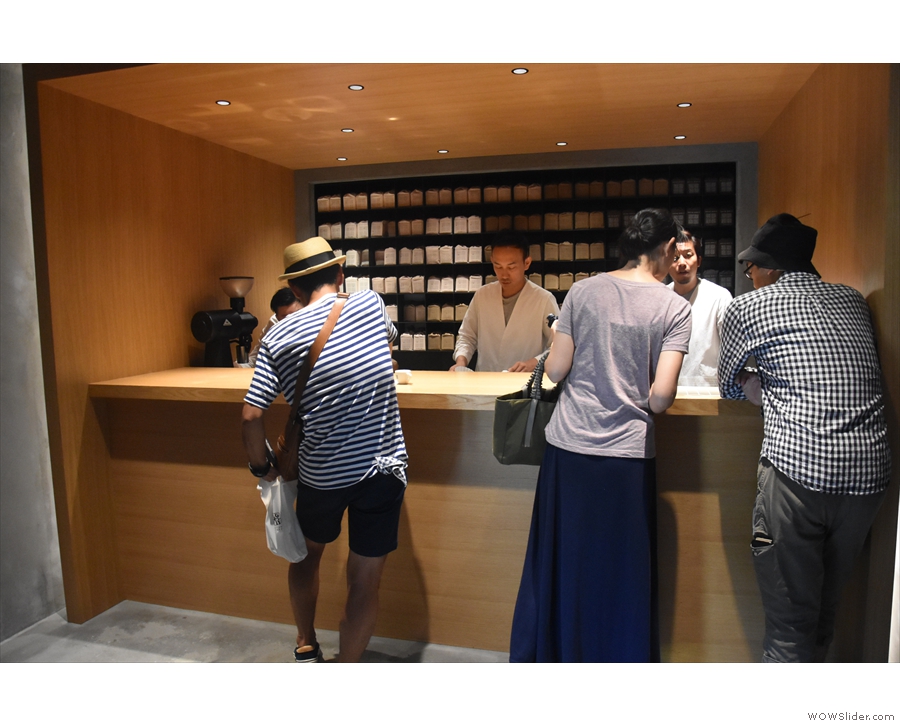
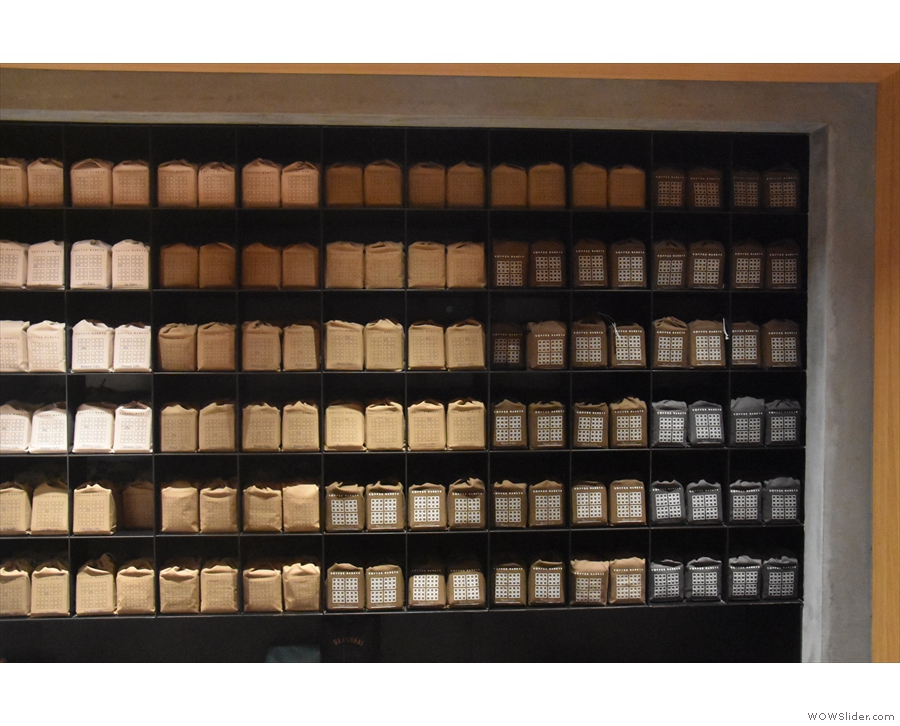
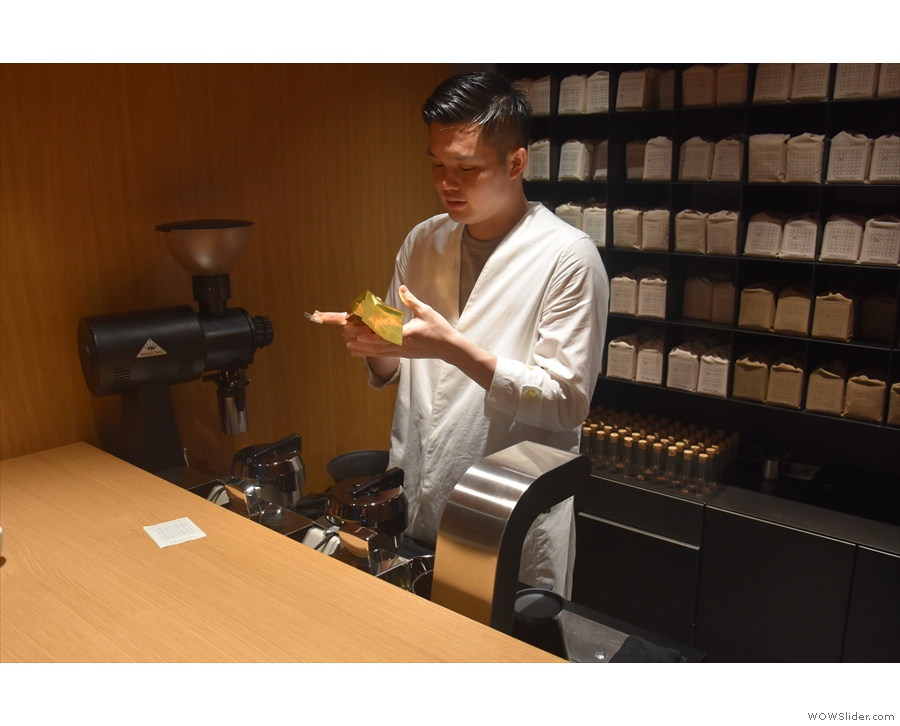
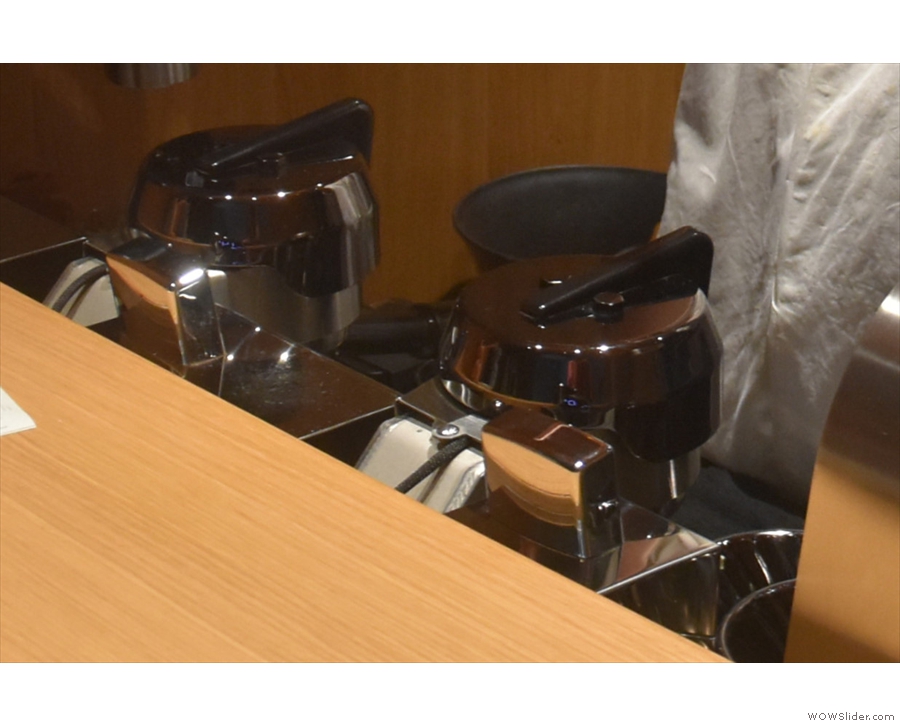
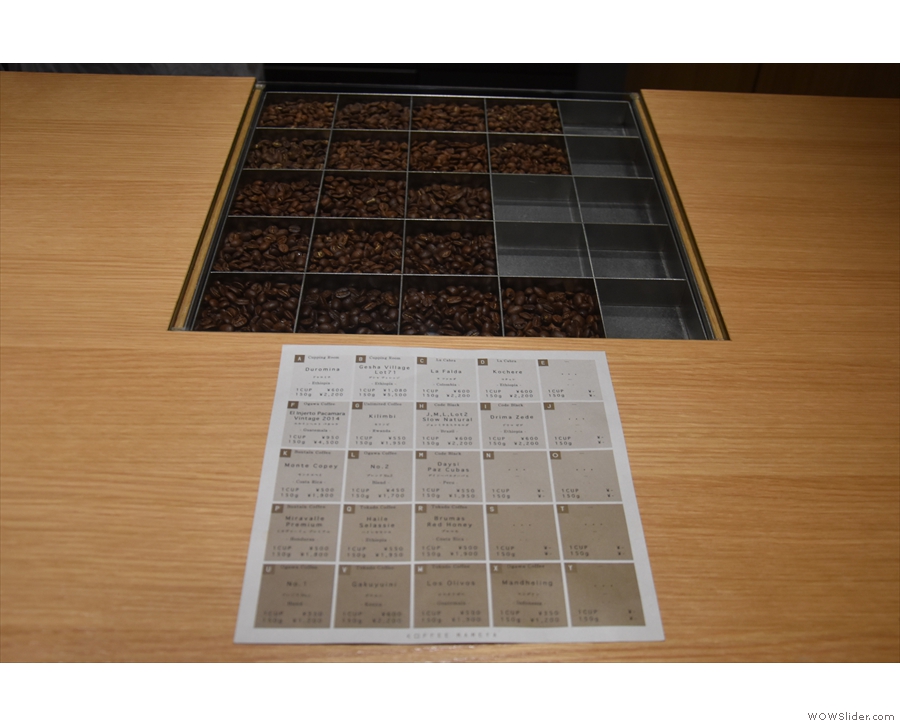
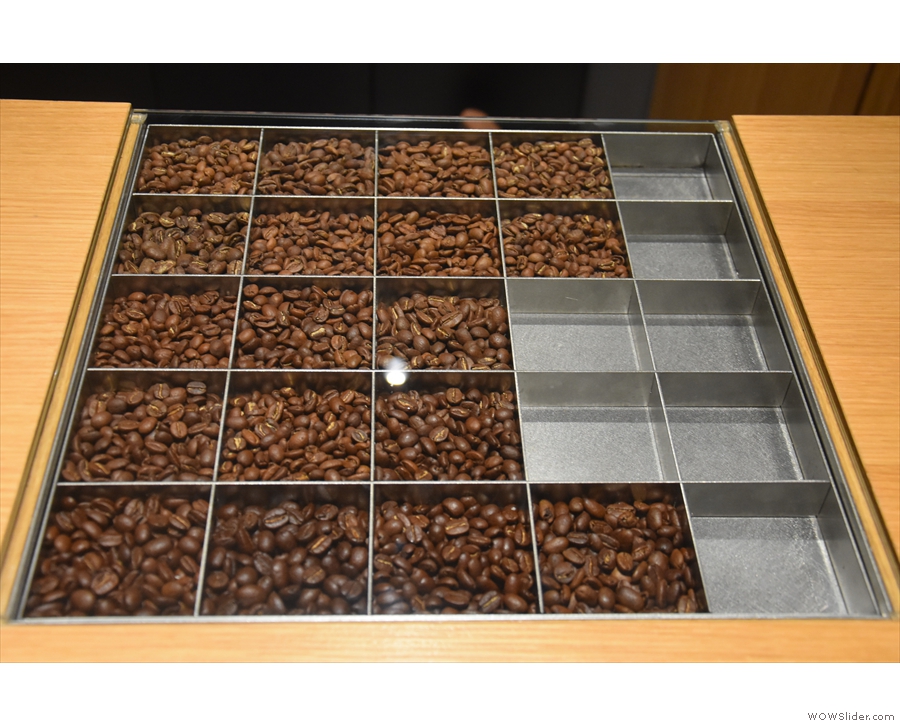
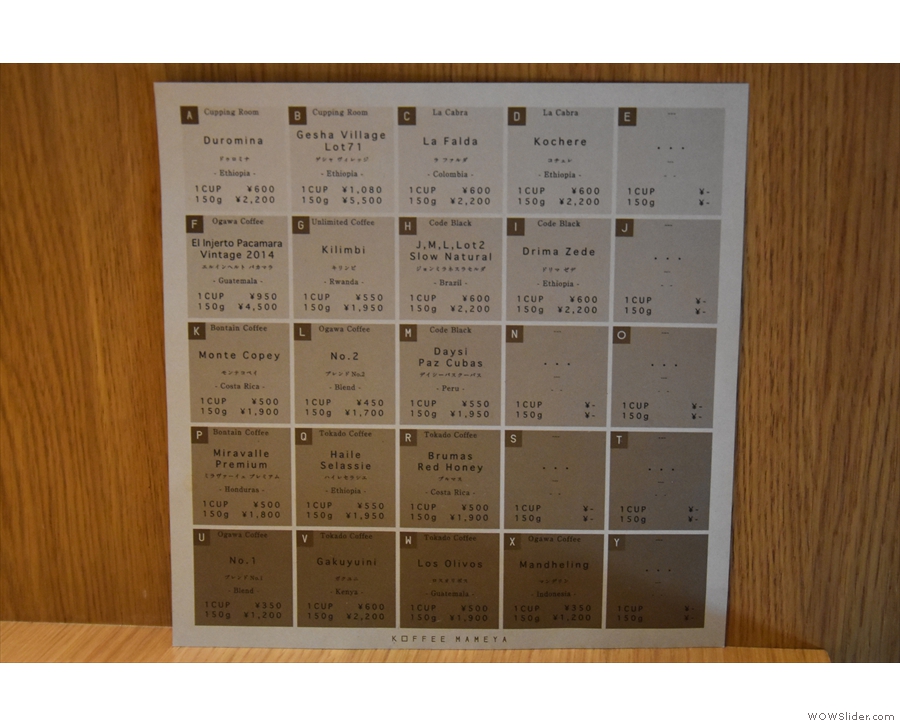
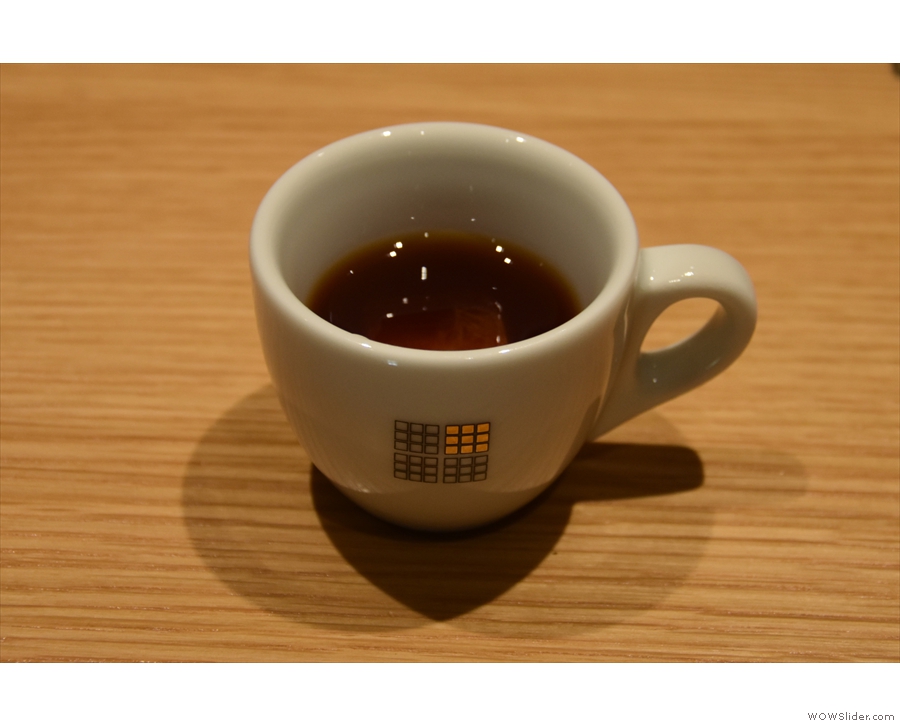
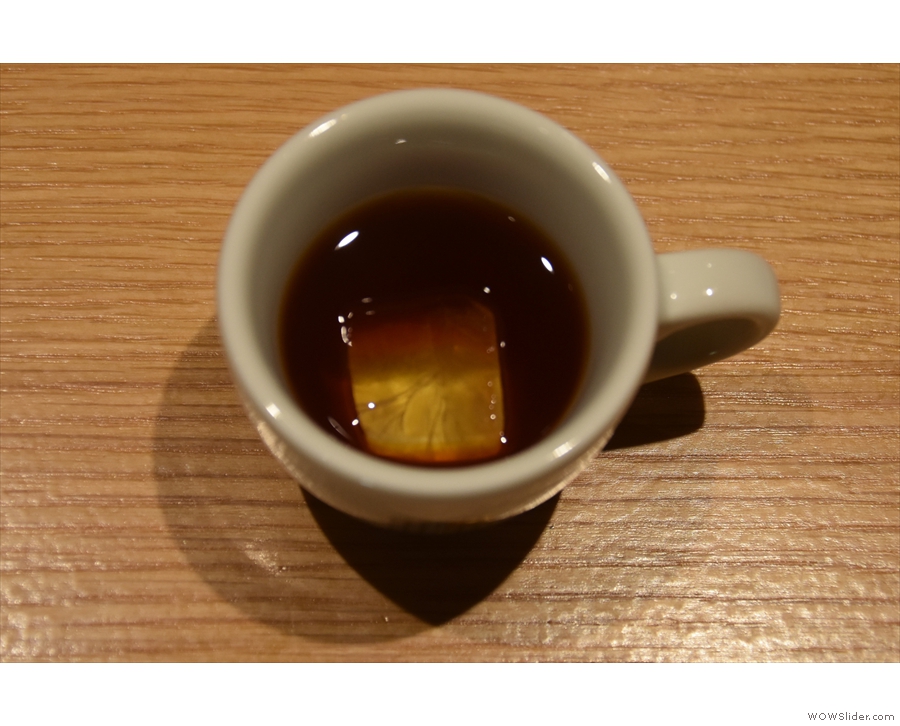
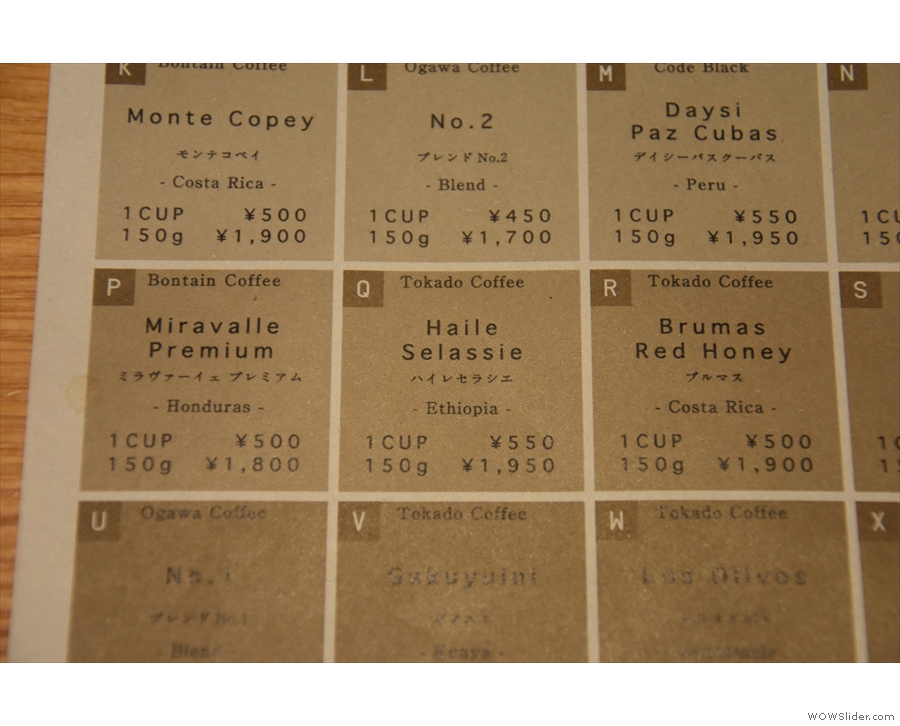
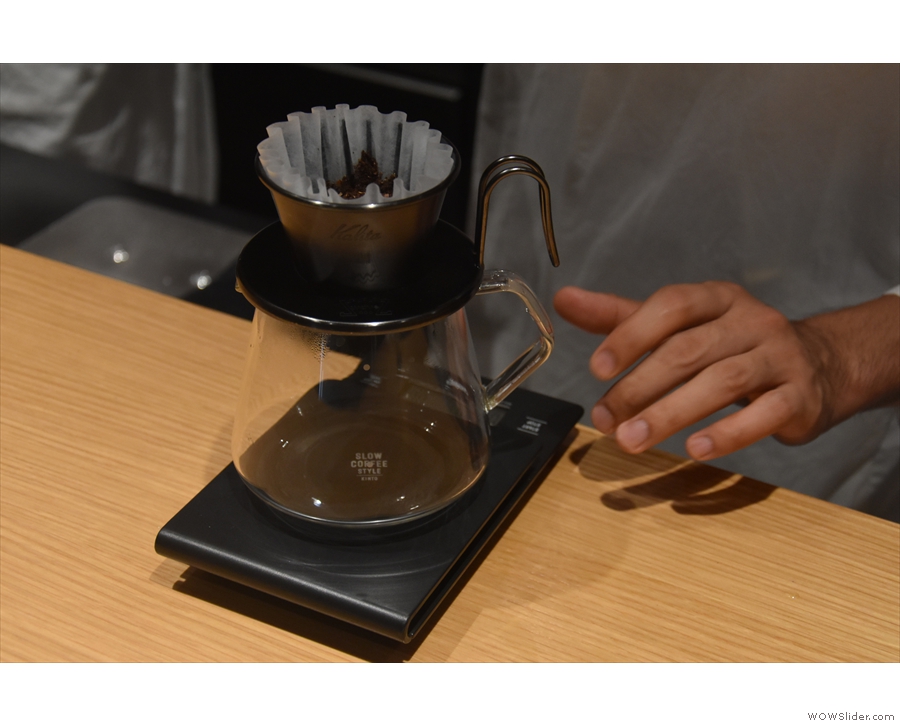
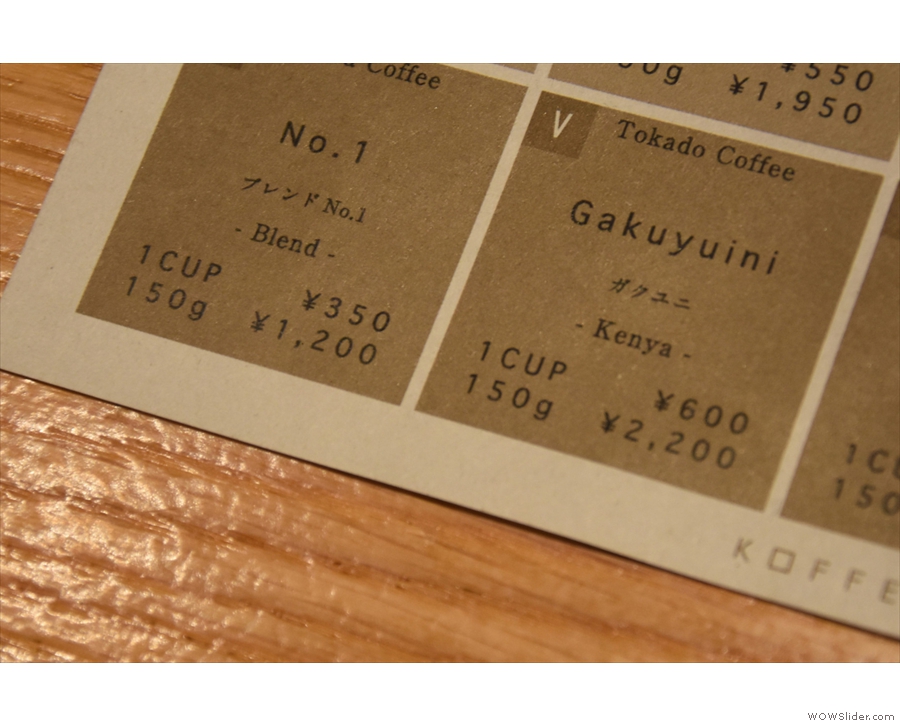
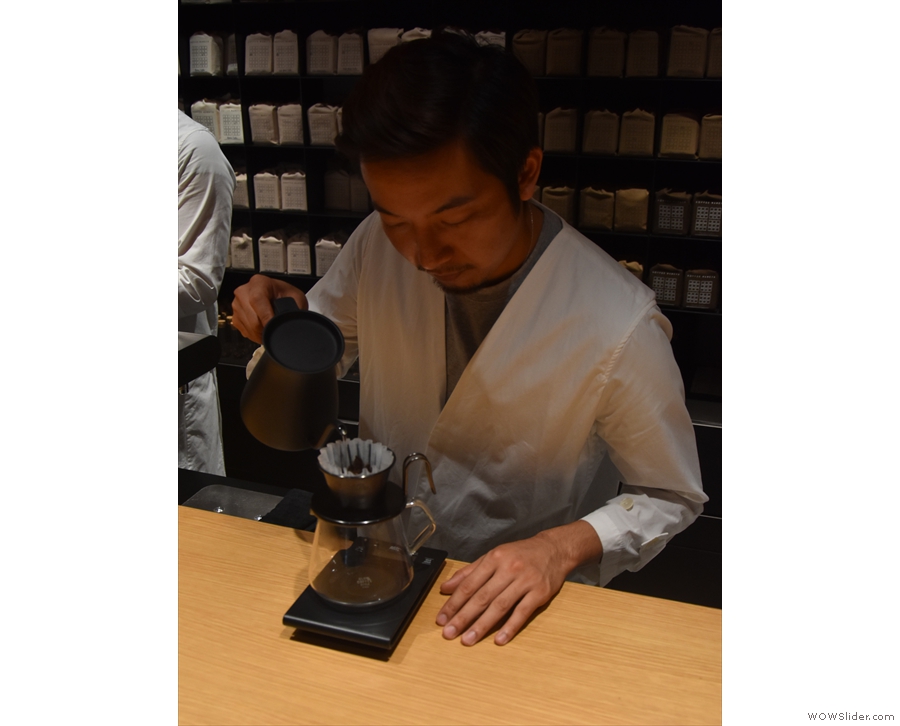
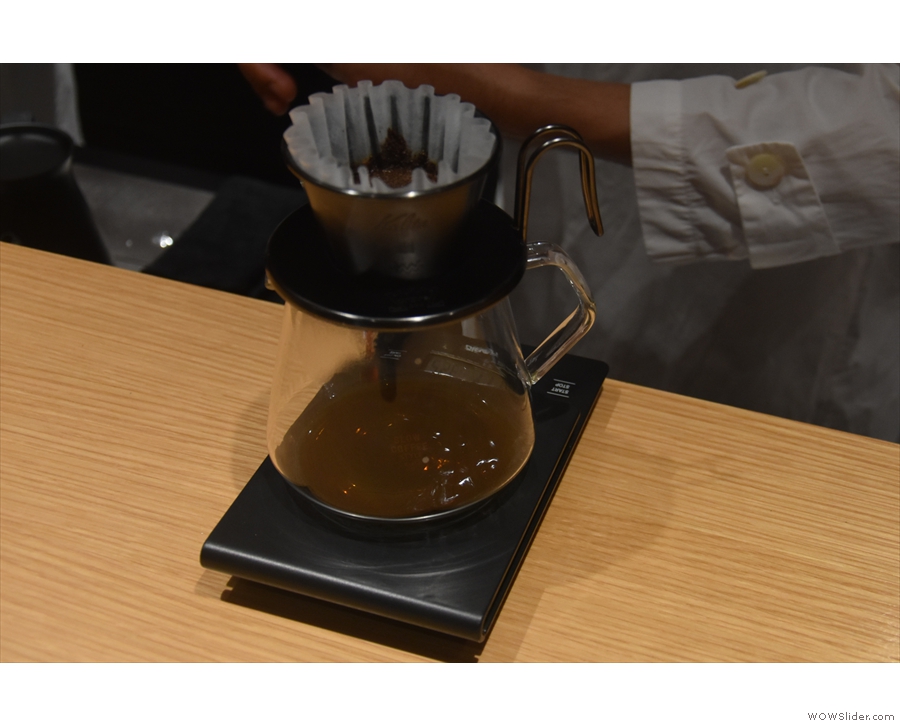
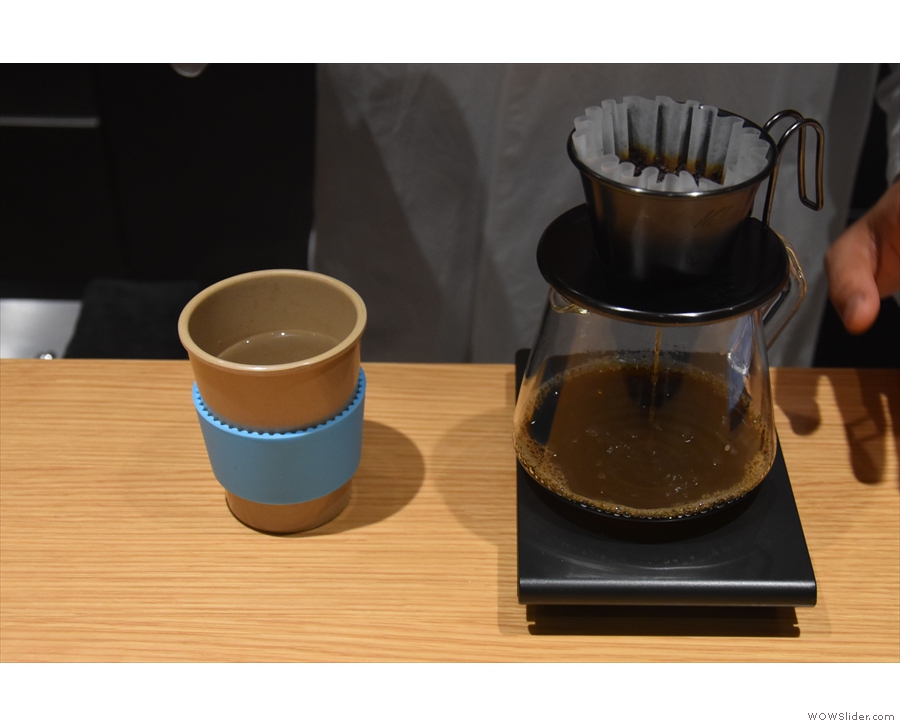
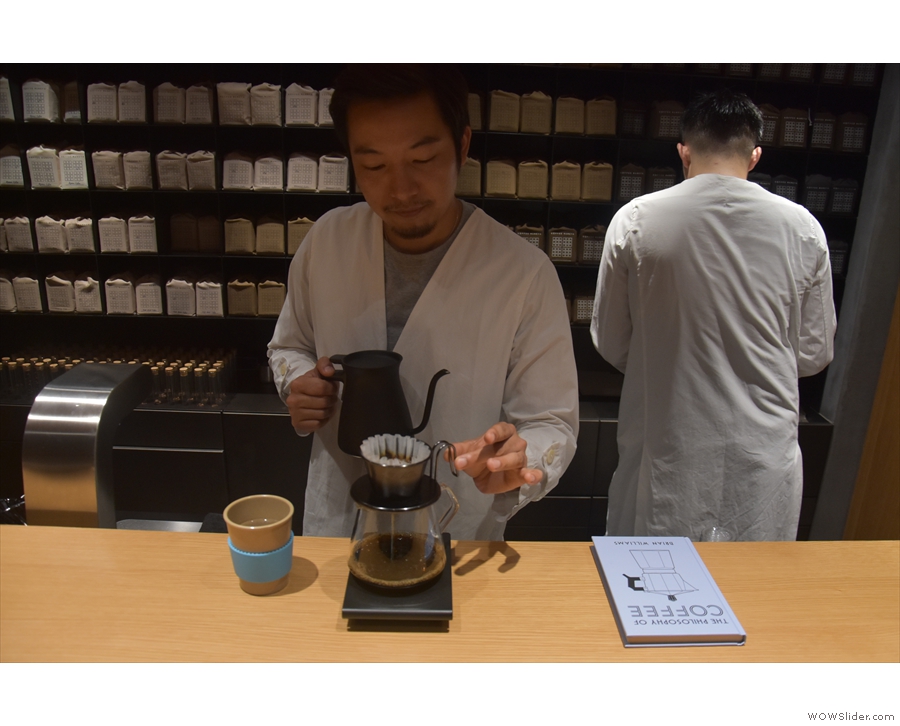
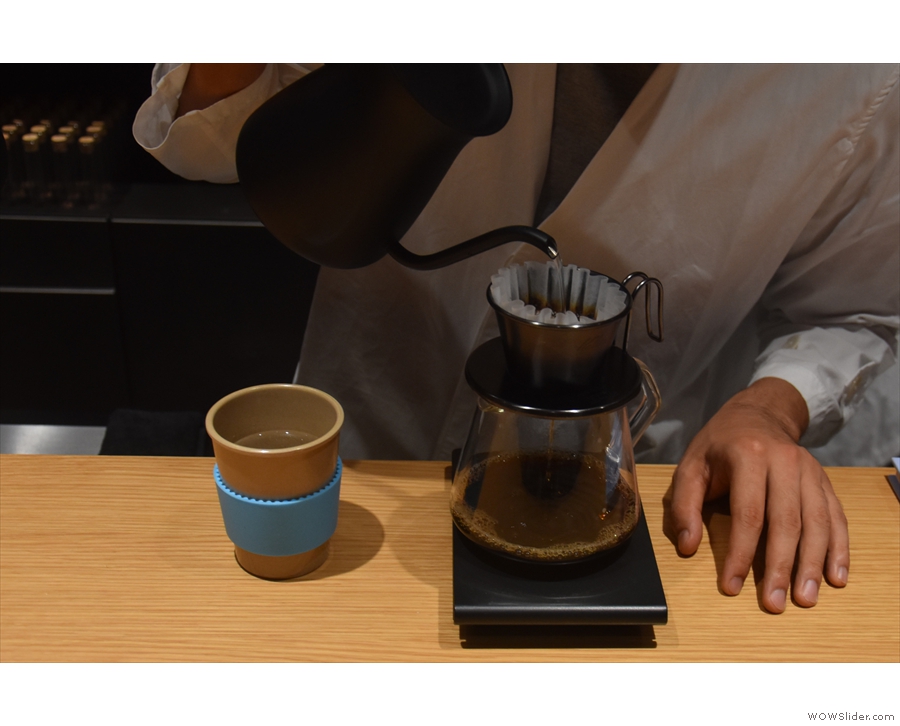
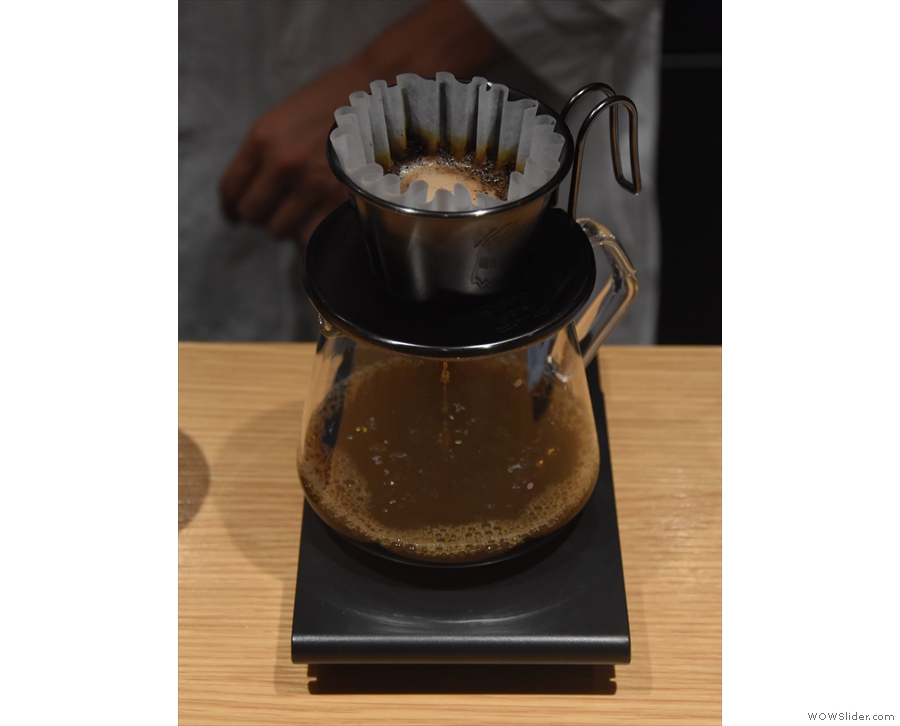
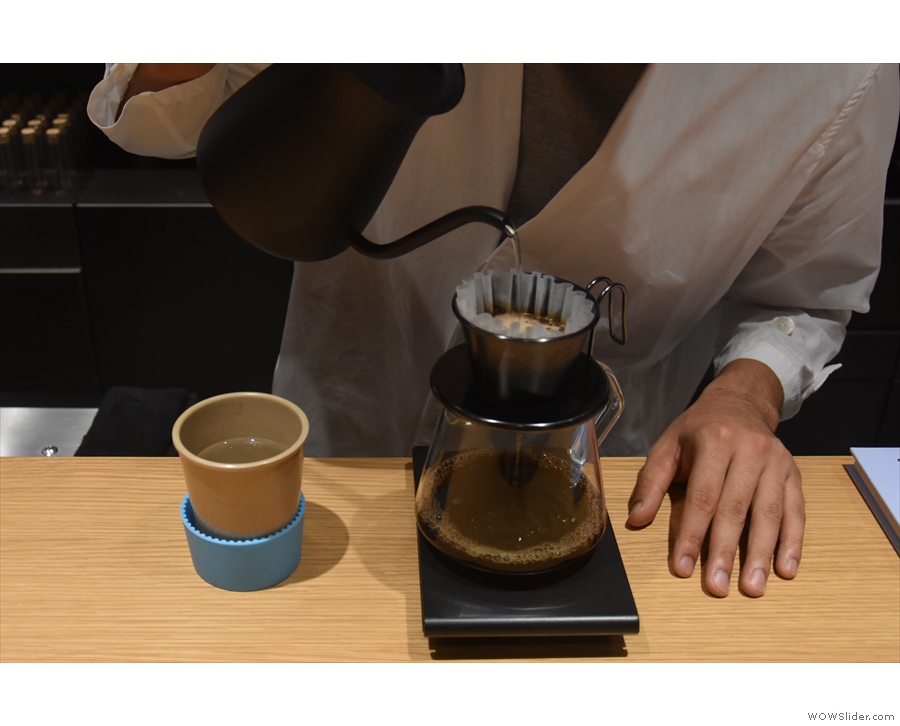
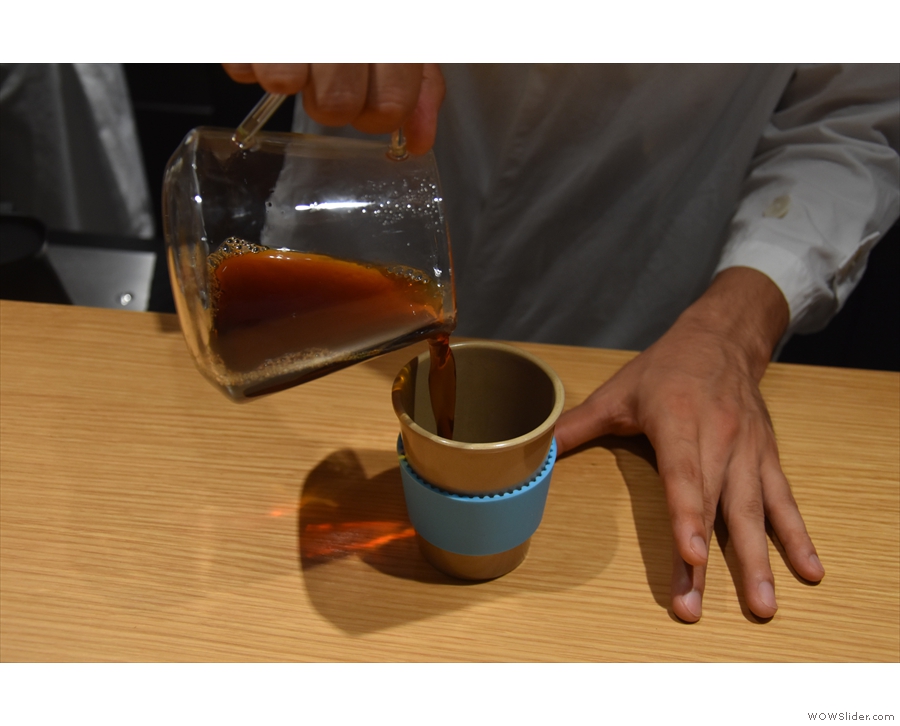
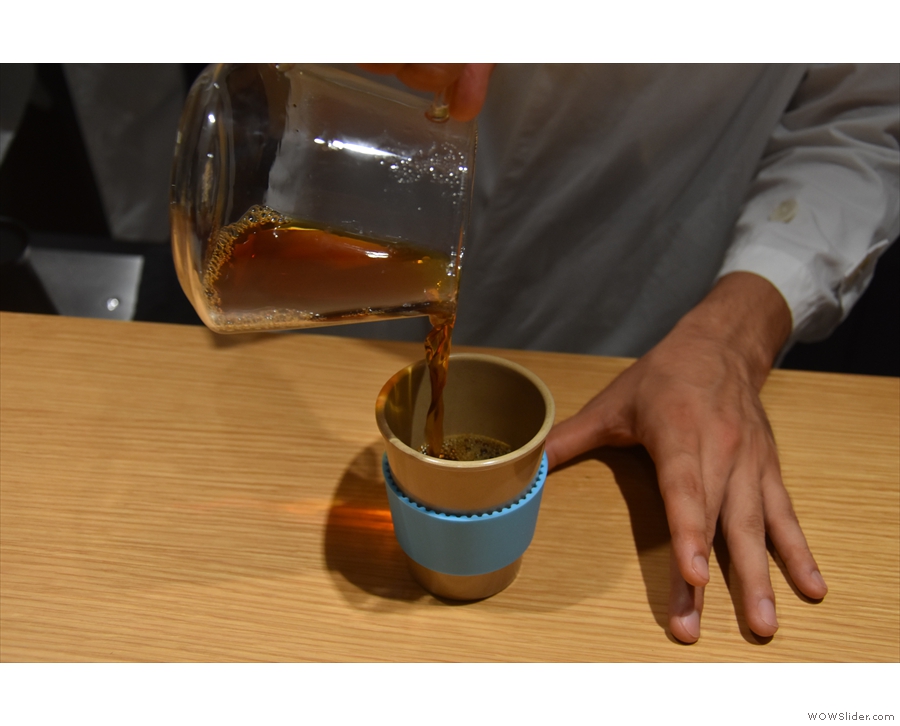
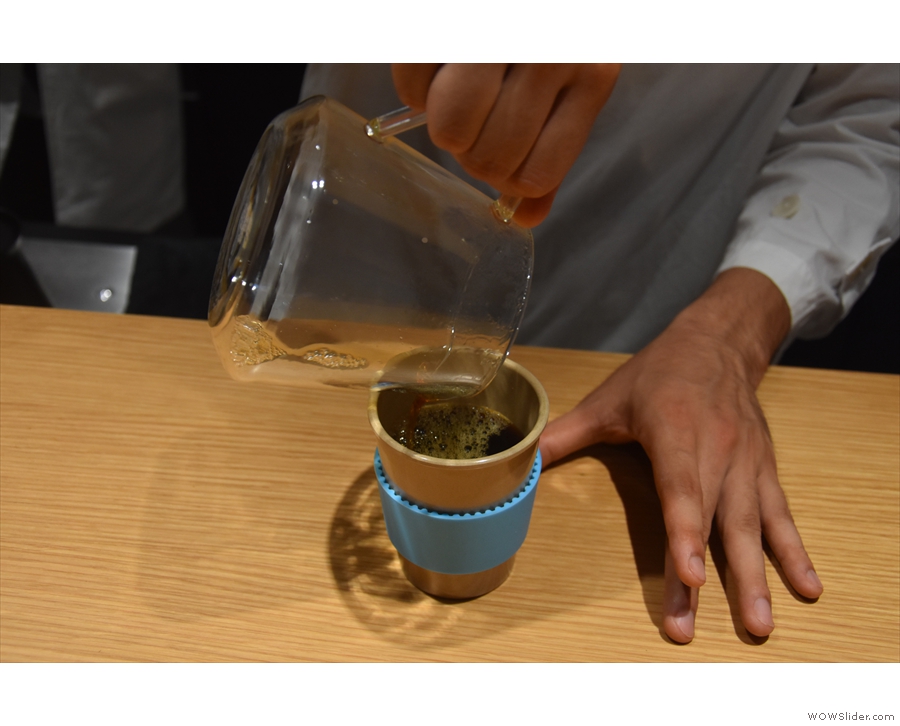
 1
1 2
2 3
3 4
4 5
5 6
6 7
7 8
8 9
9 10
10 11
11 12
12 13
13 14
14 15
15 16
16 17
17 18
18 19
19 20
20 21
21 22
22 23
23 24
24 25
25 26
26 27
27 28
28 29
29
Pingback: Sarutahiko Coffee Ebisu | Brian's Coffee Spot
Pingback: Bread, Espresso & | Brian's Coffee Spot
Pingback: Lattest | Brian's Coffee Spot
Pingback: 2018 Awards – Coffee Spot with the Best Basement | Brian's Coffee Spot
Pingback: 2018 Awards – Best Takeaway Coffee | Brian's Coffee Spot
Pingback: 2018 Awards – Smallest Coffee Spot | Brian's Coffee Spot
Pingback: 2018 Awards – Best Roaster/Retailer | Brian's Coffee Spot
Pingback: Omotesando Koffee, London | Brian's Coffee Spot
Pingback: Chatei Hatou | Brian's Coffee Spot
Pingback: 2019 Awards – Best Roaster/Retailer | Brian's Coffee Spot